
The majesty of battleships has long captivated the minds of naval enthusiasts and military strategists alike. However, with the evolution of modern warfare, these titans of the sea have been relegated to the annals of naval history, their cannons silenced, their armor outmatched by new forms of conflict.

The U.S. Navy’s relationship with battleships, once the pride of its fleet, is a telling saga of technological innovation, cost analysis, and strategic recalibration that reflects broader changes in military doctrine.
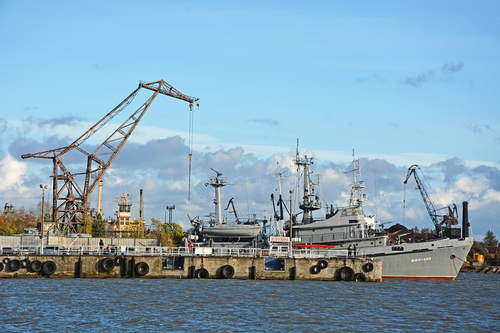
The prominence of battleships peaked during the World Wars, with behemoths like the Japanese Yamato and Musashi wielding unprecedented firepower and size. However, as warfare has undergone a technological revolution, the drawbacks of these once-dominant vessels have become starkly apparent.
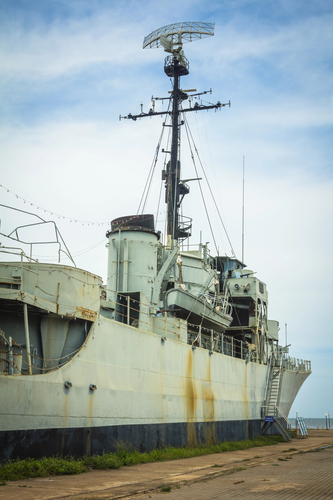
The U.S. Navy has recognized that the role of battleships, characterized by their ability to absorb and deliver heavy firepower, is incompatible with the demands of modern naval conflict. The aircraft and missile advancements have shifted the focus towards maneuverability, stealth, and advanced threat detection systems over sheer brute strength.
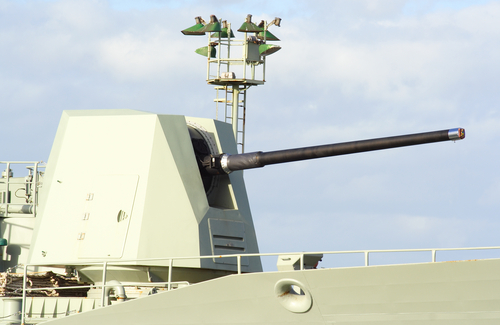
For instance, the development of intercontinental ballistic missiles like the Atlas SM-65, first deployed in 1959, marked a turning point.
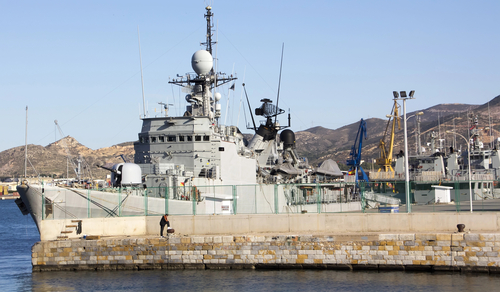
These weapons rendered the impressive armament of battleships less practical, and their armor less effective against the sophisticated threats of the modern era. As a result, the Navy has shifted to more agile, less conspicuous, and technology-driven vessels.
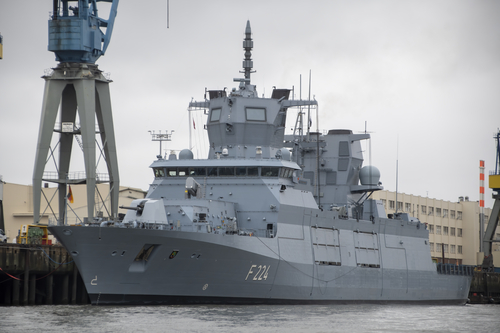
Financial considerations have also played a pivotal role in this transition. Crew numbers for battleships were vast, and the costs associated with maintaining such large personnel rosters were unsustainable in the long term.
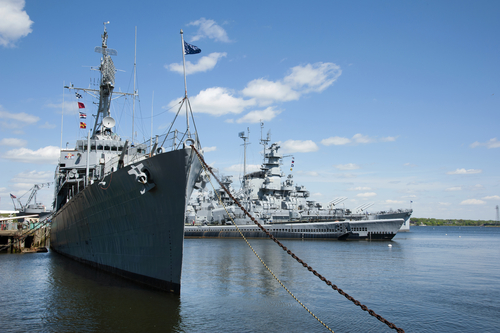
This is in stark contrast to the smaller crew requirements and less demanding training needs of contemporary vessels like destroyers and submarines.
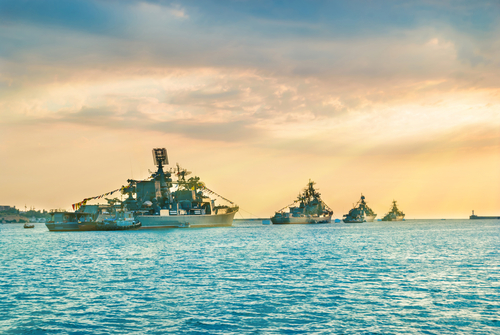
The maintenance and operational challenges associated with battleships have only compounded over time.
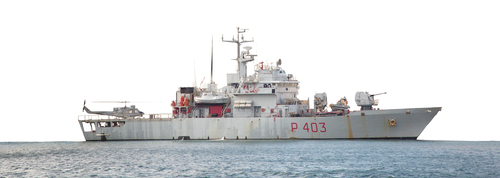
The complexities of restoring and updating the mechanical and weapon systems of these aged vessels, many of which have been turned into museums or scrapped, are prohibitive.
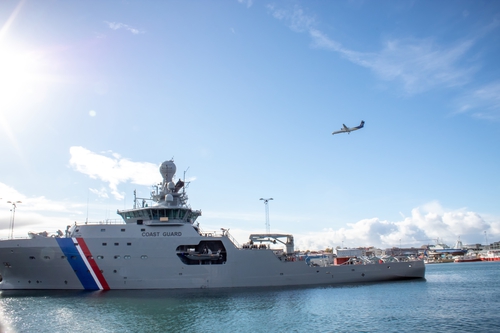
Moreover, the human expertise required to operate the equipment—largely absent since the early 1990s—presents a formidable hurdle. With the Navy’s gradual shift away from steam propulsion and towards electric and gas turbine engines, the technical knowledge base for maintaining and operating battleships has significantly diminished.
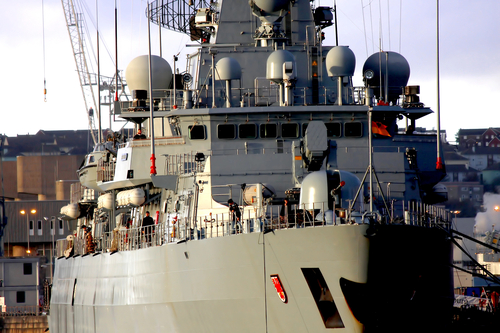
While the battleships’ legacy will continue to inspire naval architecture and design, their days of ruling the waves are undeniably over.
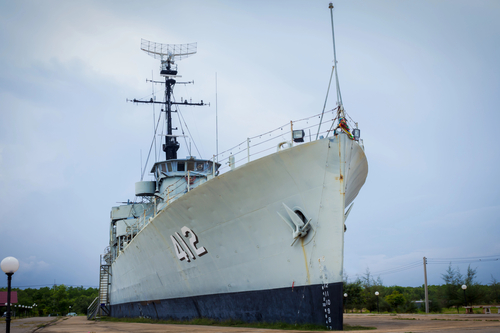
The modern U.S. Navy has embraced a future where capital ships are defined not by their size or gun caliber, but by their adaptability, technological sophistication, and strategic utility in an era where conventional surface engagements are rare, and threats loom from above and below the sea.

As we reflect on the storied history of battleships, it is clear that they will remain an indelible part of naval heritage, even as the tides of warfare inexorably turn towards the next horizon.
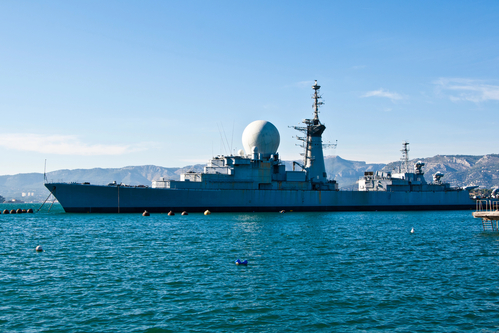
The reality is that the battleship, much like the knight’s armor in the face of the gun, has found its place in a bygone era, making way for the next evolution of maritime dominance.
